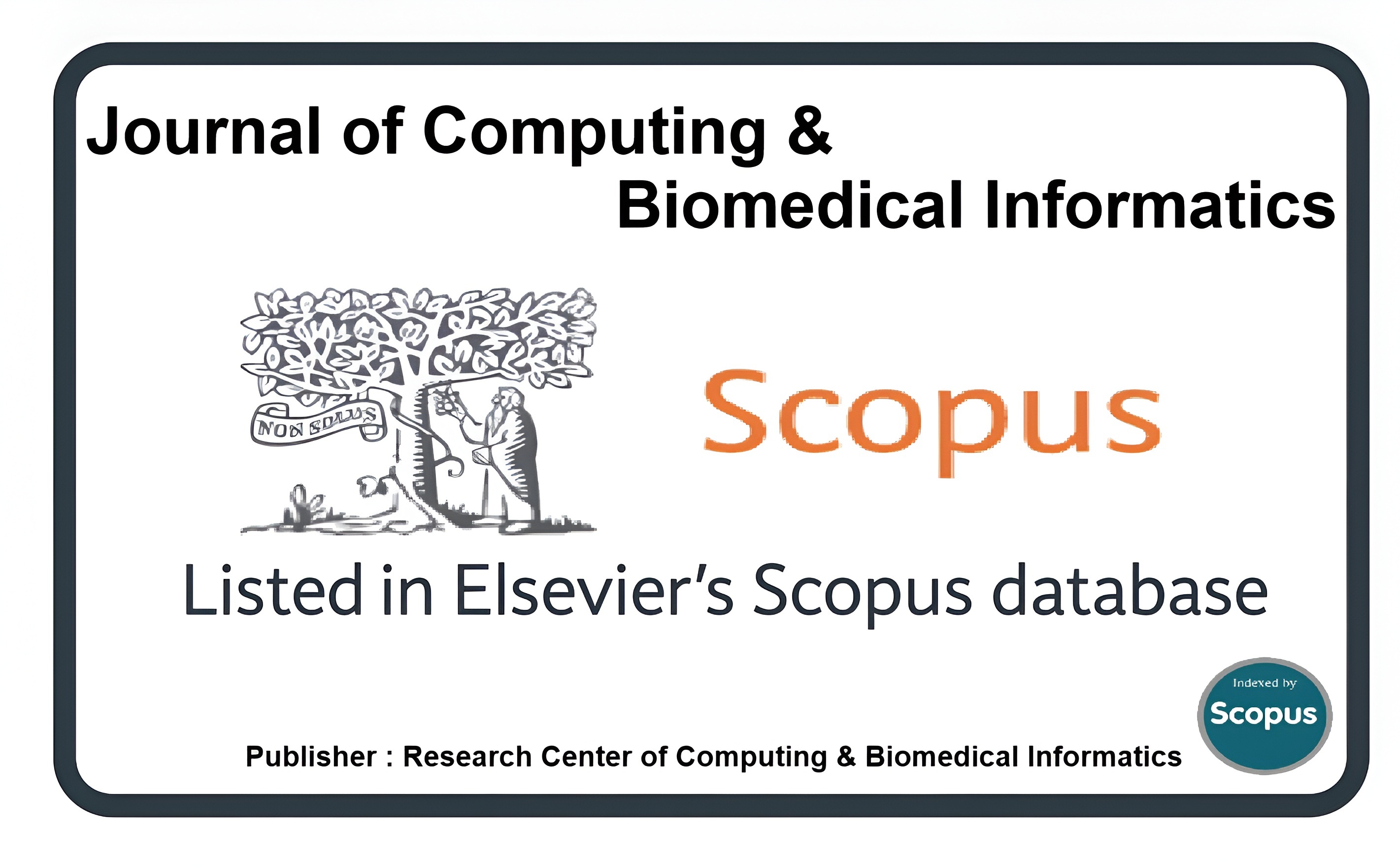Insilico Structural and Functional Analysis of Covid-19 Genomic Sequences
Keywords:
SARS-CoV-2, Spike, Mutation, B-Cell Epitopes, Insilico Study, BioinformaticsAbstract
The Covid-19 outbreak classified as a pandemic by World Health Organization, is caused by the severe acute respiratory (SARS-CoV-2) syndrome coronavirus 2. The surface glycoprotein or spike (S) protein is one of the four primary structural proteins that SARS-CoV-2 encodes, and it has generally been the focus of research for potential novel vaccines. A number of bioinformatics methods were used in the suggested in silico study to examine the mutational, physicochemical, phylogenetic, structural, and immunological characteristics of spike protein. 81 SARS-CoV-2 sequences from different regions of Pakistan were retrieved from the NCBI database. From all retrieved sequences, the sequences of spike protein were screened out for further analysis. blastp suit available on NCBI web server was employed to align the sequences with reference sequence to analyze mutations in Spike region. SIFT, MUpro, SNAP2, PolyPhen2, PhD-SNP, and I-Mutant were utilized to predict deleterious mutations. Through ProtParam, physiochemical characteristics were analyzed. MEGA11 was used for the phylogenetic analysis, SOPMA and I-TASSER server employed for the investigation of protein secondary and tertiary 3D structures. The position of B-Cell epitopes was predicted using IEDB ElliPro tool. The result of mutation analysis showed 67 mutations in spike region out of which 51 mutations were predicted to be deleterious and affects proteins’ functional stability. Physiochemical analysis showed that this protein was stable in nature. Structural analysis showed that this protein contains random coil as major structure with stable distribution of alpha helix and beta strands. Model 3 was selected for 3D structure build by I-TASSER and verified by 3 tools. ElliPro predicted 21 candidates for epitopes out of which 6 were predicted as potential epitopes by VaxiJen2.0 and AllerTop v2.0. The proposed study makes it easier to understand spike protein in depth, which will be helpful in future research on the infections of SARS-CoV-2 and the construction of diagnostics, antiviral drugs and treatments.
Downloads
Published
How to Cite
Issue
Section
License
This is an open Access Article published by Research Center of Computing & Biomedical Informatics (RCBI), Lahore, Pakistan under CCBY 4.0 International License





